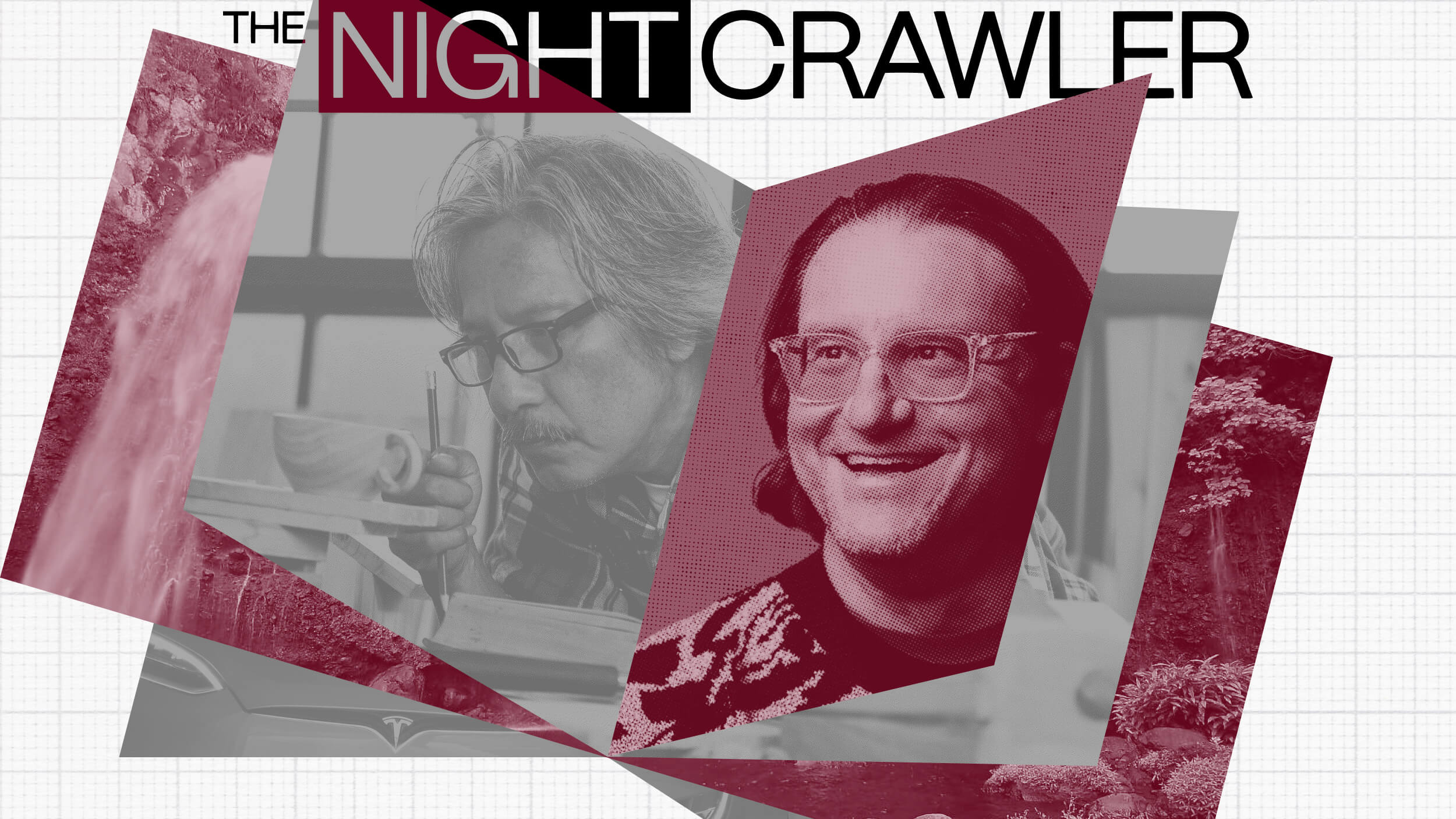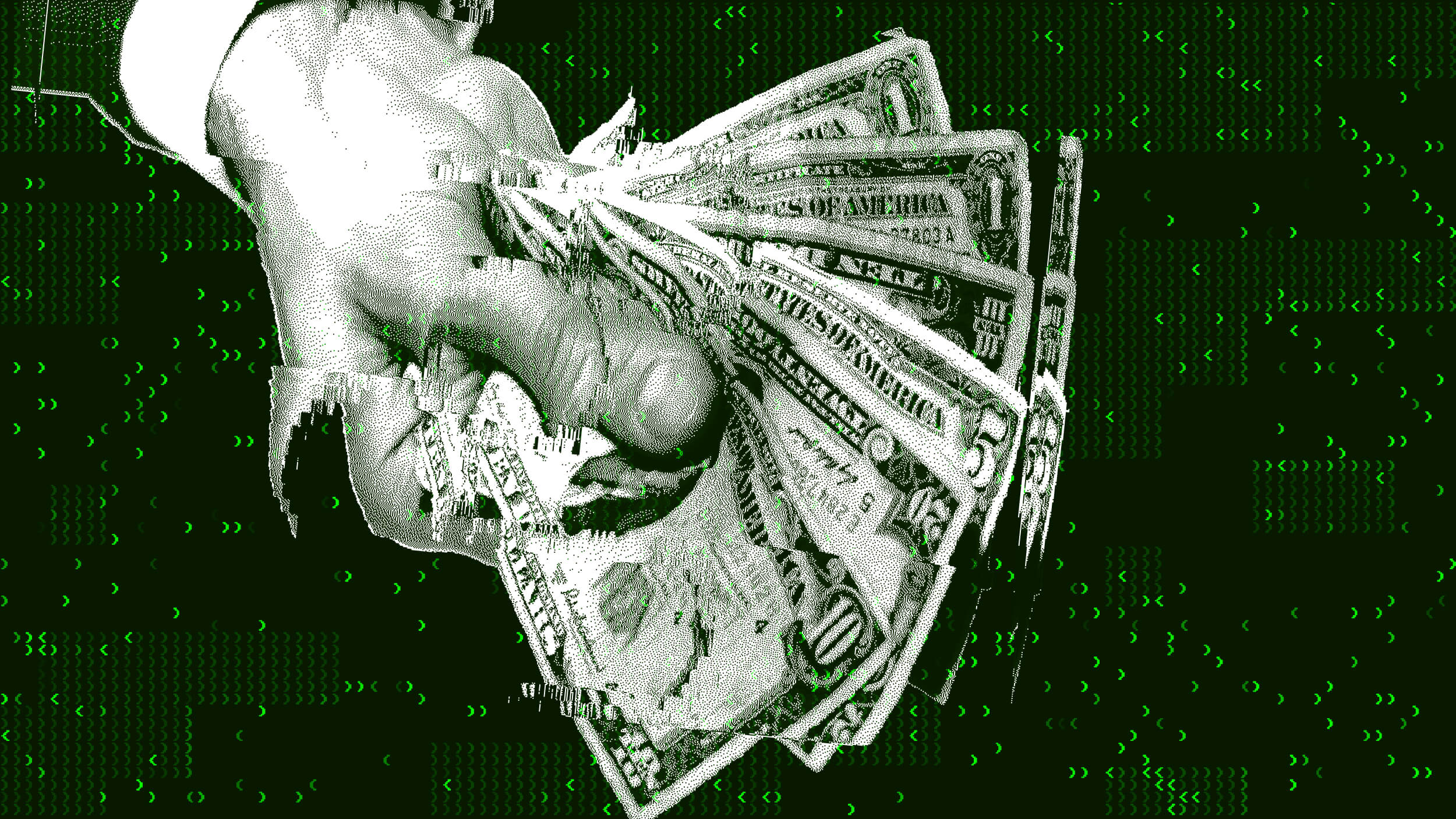Juliet Schor is a professor of sociology at Boston College. Her research over the past decade has been focused on issues pertaining to trends in work and leisure, consumerism, the[…]
Sign up for Big Think on Substack
The most surprising and impactful new stories delivered to your inbox every week, for free.
The economies of reuse and exchange will become a more permanent feature of our consumer environment.
Question: What will the new consumer look like?
rn
rnJuliet Schor:rnI the book I have some pretty astounding new numbers on what I call the rn"fast fashion cycle"—the way which consumers have increased the rate at rnwhich they acquire new goods and then discard them. And that, of rncourse, was a predictable result of an economy of lots of cheap imports,rn artificially cheap energy, again. And that’s something which, that’s a rnlifestyle that in some ways... that’s a lifestyle that really has been rnstopped dead in its tracks since the recession. And many people have rnsort of permanently changed the way they think about consuming as a rnresult of having gone bankrupt, or racked up large credit card debts rnthat they now are not sure that they are going to be able to pay, lost rntheir homes, had the trauma of unemployment, all of those things have rnhad a profound impact on a big swath of American public who are not muchrn more interested in saving then they spending for the first time and rnhave really made changes in their consumer patterns that look like rnthey’re going to stick at least for a while.
If we think about rnhow you can have a satisfying consumer life in this new world, there arern two things that really stand out. One is: if you’re going to buy rnsomething, buy for durability both because it’s ecologically much rnbetter, but also because in the long run it will probably cost you less rnif you can buy something and keep it for a long time.
The rnsecond is that we’re going to see a switch from such a heavy emphasis onrn buying new to much more of a balance between buying things new and rnbuying them used. This is a trend that actually started, of course, rnbefore the recession, in part because people were buying so many things,rn there’s so much used stuff around, whether we’re talking about clothes,rn or furniture or electronics or pretty much you name it in the consumer rngoods area. There are growing inventories of used goods which the rnoriginal purchasers don’t want, and now we have lots of ways of rnexchanging amongst ourselves, whether it’s eBay or Craig’s List or Free rnCycle or swap meets or Share This Stuff, a whole range of specialized rnWeb sites that allow people to get rid of things they don’t want and rnother people to acquire them. And then all the face-to-face places in rnwhich we do this too.
rnSo, the sort of economies of reuse and exchange are growing rapidly and Irn think will become a more permanent feature of our consumer rnenvironment. And that means, if you love to shop, you can do it rnwithout, you know, putting too much pressure on your pocketbook, or on rnthe planet. If you love to buy stuff and get rid of it, you can do it rnand then the key thing really from a financial and ecological point of rnview is how much new – how many new consumer goods do you buy? If we rnshift the balance there, because of course, the used stuff is so much rnless expensive, we can, I think accommodate both the, you know, rnshopaholics as well as the planet and our pocketbooks.
Recordedrn on June 2, 2010
Interviewed by Jessica Liebman
rn
rnJuliet Schor:rnI the book I have some pretty astounding new numbers on what I call the rn"fast fashion cycle"—the way which consumers have increased the rate at rnwhich they acquire new goods and then discard them. And that, of rncourse, was a predictable result of an economy of lots of cheap imports,rn artificially cheap energy, again. And that’s something which, that’s a rnlifestyle that in some ways... that’s a lifestyle that really has been rnstopped dead in its tracks since the recession. And many people have rnsort of permanently changed the way they think about consuming as a rnresult of having gone bankrupt, or racked up large credit card debts rnthat they now are not sure that they are going to be able to pay, lost rntheir homes, had the trauma of unemployment, all of those things have rnhad a profound impact on a big swath of American public who are not muchrn more interested in saving then they spending for the first time and rnhave really made changes in their consumer patterns that look like rnthey’re going to stick at least for a while.
If we think about rnhow you can have a satisfying consumer life in this new world, there arern two things that really stand out. One is: if you’re going to buy rnsomething, buy for durability both because it’s ecologically much rnbetter, but also because in the long run it will probably cost you less rnif you can buy something and keep it for a long time.
The rnsecond is that we’re going to see a switch from such a heavy emphasis onrn buying new to much more of a balance between buying things new and rnbuying them used. This is a trend that actually started, of course, rnbefore the recession, in part because people were buying so many things,rn there’s so much used stuff around, whether we’re talking about clothes,rn or furniture or electronics or pretty much you name it in the consumer rngoods area. There are growing inventories of used goods which the rnoriginal purchasers don’t want, and now we have lots of ways of rnexchanging amongst ourselves, whether it’s eBay or Craig’s List or Free rnCycle or swap meets or Share This Stuff, a whole range of specialized rnWeb sites that allow people to get rid of things they don’t want and rnother people to acquire them. And then all the face-to-face places in rnwhich we do this too.
rnSo, the sort of economies of reuse and exchange are growing rapidly and Irn think will become a more permanent feature of our consumer rnenvironment. And that means, if you love to shop, you can do it rnwithout, you know, putting too much pressure on your pocketbook, or on rnthe planet. If you love to buy stuff and get rid of it, you can do it rnand then the key thing really from a financial and ecological point of rnview is how much new – how many new consumer goods do you buy? If we rnshift the balance there, because of course, the used stuff is so much rnless expensive, we can, I think accommodate both the, you know, rnshopaholics as well as the planet and our pocketbooks.
Recordedrn on June 2, 2010
Interviewed by Jessica Liebman
▸
3 min
—
with






